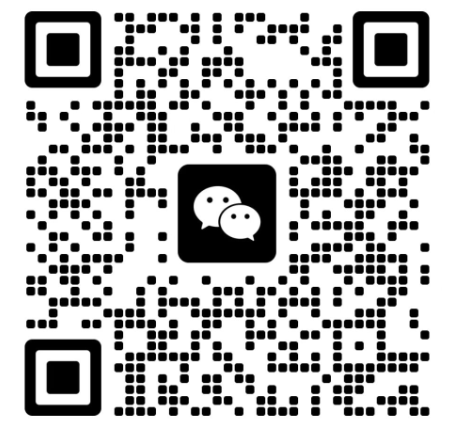Light industry grocery inspectionProduct
Your Location:Home > Light industry grocery inspectionASTM F2417, whose full title is "Standard Specification for Fire Safety for Candles", is developed by ASTM International. Its primary purpose is to establish minimum safety requirements for candles and candle-making kits, providing a reasonable degree of safety under normal conditions of use, thereby enhancing personal safety and reducing the risk of fire, death, and injury.
1. Definitions of Key Terms in the Standard
•Candle: A device consisting of one or more combustible wicks supported by a fuel material that is solid, semisolid, or quasi-rigid at room temperature (20°C to 27°C); it may contain additives for color, fragrance, stability, or to alter burning characteristics; its integrated function is to sustain a flame for illumination.
•Filled Candle: A candle produced and used within the same container or vessel.
•Freestanding Candle: A rigid candle designed to be burned outside of a container and to remain upright without the need for a holder (excluding altar candles), such as pillars, columns, and figurine-shaped candles.
•Extended Use Candle: A candle designed for household use and intended to burn continuously for more than 4 hours (excluding tea lights), such as religious candles often burned for 24 hours or several days continuously.
•Candle-Making Kit: A set of ingredients and materials packaged together for the end consumer to make candles (the kit does not necessarily include all materials, e.g., fragrance options may be sold separately). This definition and related testing requirements were added and strengthened in the 2023 version of the standard.
2. Scope of ApplicationThe ASTM F2417 standard applies to all types of candle products, including but not limited to altar candles, birthday candles, tea lights, pillar candles, container candles, and candle-making kits.
3. Key Test Items and Limit RequirementsASTM F2417 specifies a series of test items to ensure the fire safety of candles. The main content is summarized below:
Table 1. Main Test Items and Limit Requirements of ASTM F2417-2023
| Test Item | Test Requirements and Limits |
| Flame Height | General Candles ≤ 76 mm; Religious/Ritual Candles ≤ 95 mm |
| Container Integrity | The container must not crack or break. |
| Secondary Ignition | Secondary ignition must not occur. |
| Flame Impingement | The candle flame must not impinge on the supporting surface. |
| Stability | Freestanding and filled candles, including tea lights and kits, must not tip over when placed at a 10.0° (-0.0°/+0.5°) tilt from horizontal. Asymmetrical candles and kits must not tip over when rotated around their vertical axis and tilted to 10.0° (-0.0°/+0.5°) from horizontal in any orientation. Freestanding candles must not tip over on a horizontal surface. |
| Plastic Container Burn | Total burn time for 10 containers ≤ 300 s; Single container burn time ≤ 30 s; No single container shall be completely consumed during the test. |
| Wick Migration and Tilt | The duration of flame contact with the container or the merging of multiple wicks into a single flame must not exceed 5 seconds. |
| Coating Safety | Flame height ≤ 76 mm; Secondary ignition must not occur; The flame must not impinge on the supporting surface. |
1)New Requirements for Candle-Making Kits: Added Appendix X4, providing manufacturers with specific guidance on instructions, testing scope, and labeling requirements for candle-making kits. Requires manufacturers to provide clear instructions to ensure proper wick installation by consumers and mandates testing for each candle variant that can be made from the kit.
2)Strengthened Safety Requirements for Wick Migration and Tilt: Clearly stipulates that for all filled candles and multi-wick candles, the duration of flame contact with the container or wick merging must not exceed 5 seconds during testing.
3)Rewritten Appendix X2 (Guide for Candle End-of-Life): Provides more information on failure modes during testing and design improvement methods to reduce the risk of failure when the candle burns out (end-of-life). Examples include recommending the use of high-temperature hot melt adhesive for wick tabs, adjusting machinery to avoid piercing wick sustainers, and selecting a jar height sufficient to contain wick fall-off.
4)Other Additions: Provides a clearer description of the size of religious/ritual candles; adds definitions and burn test specifications for extended-use candles and utility candles; adds specifications for the burn time of gel candles; further clarifies the burn test conditions for plastic containers.
5)Labeling and WarningsThe standard typically requires candle products to be equipped with clear, unambiguous bilingual (English and French) safety warnings and instructions (e.g., "Keep away from flammable materials," "Keep out of reach of children," "Never leave a burning candle unattended"), prominently displayed on the packaging or product.J-Testing is a CNAS, CMA, and CPSIA accredited laboratory, committed to providing global clients with professional third-party testing, consulting services, and cross-border certification assistance.






 Our Service
Our Service
